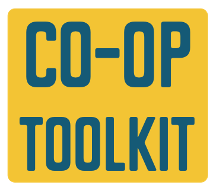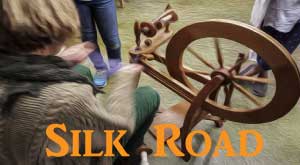"Silk Road"
Activity
Summary
The Silk Road carried trade from cultures embracing numerous religions and worldviews. Stretching from Italy to Japan, the Silk Road runs through Buddhist, Confucian, Christian, Hindu, Muslim, Jewish, Shinto, and Taoist cultures.Participants will compare the various types of philosophical and religious beliefs by reviewing texts from each belief system.
Instructional Strategies
1. Prepare a large map of the Silk road and place it at the front of the room.
2. Prepare quotations from various religious and philosophy texts.
3. Have participants look at the map of the Silk Road and study the belief systems that developed along the route.
4. Ask participants to organize the quotations into broad categories of concern like Individual Behavior, Health, Ritual, Community, etc., noting the source as Buddhist, Confucian, Christian, Hindu, Muslim, Jewish, Shinto, and Taoist cultures.
5. Have participants post the quotations on a map of the Silk Road to create a visual representation of beliefs as they traveled along the Silk Road
6. Encourage all participants to discuss the commonalities among religions and how culture and philosophy intermix and interchange.
7. Facilitate a discussion about the two-way influence of geographical distance and time and belief systems.
Participant Tasks
1. Look at the map of the Silk Road and study the belief systems that developed along the route.
2. Organize religious and philosophical quotations into broad categories of concern like Individual Behavior, Health, Ritual, Community, etc, noting the source as Buddhist, Confucian, Christian, Hindu, Muslim, Jewish, Shinto, and Taoist cultures.
3. Post the quotations on a map of the Silk Road to create a visual representation of beliefs as they traveled along the Silk Road.
4. Discuss the commonalities among religions and how culture and philosophy intermix and interchange.
5. Discuss about the two-way influence of geographical distance and time and belief systems.

